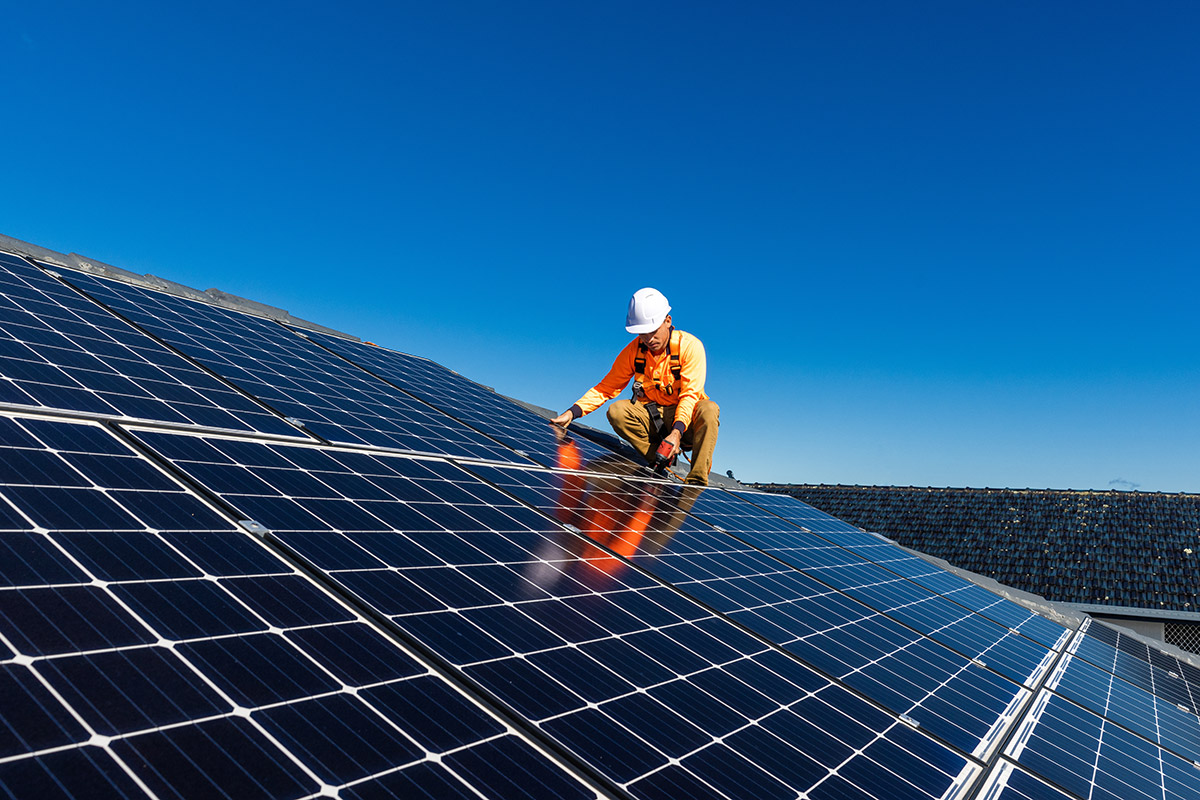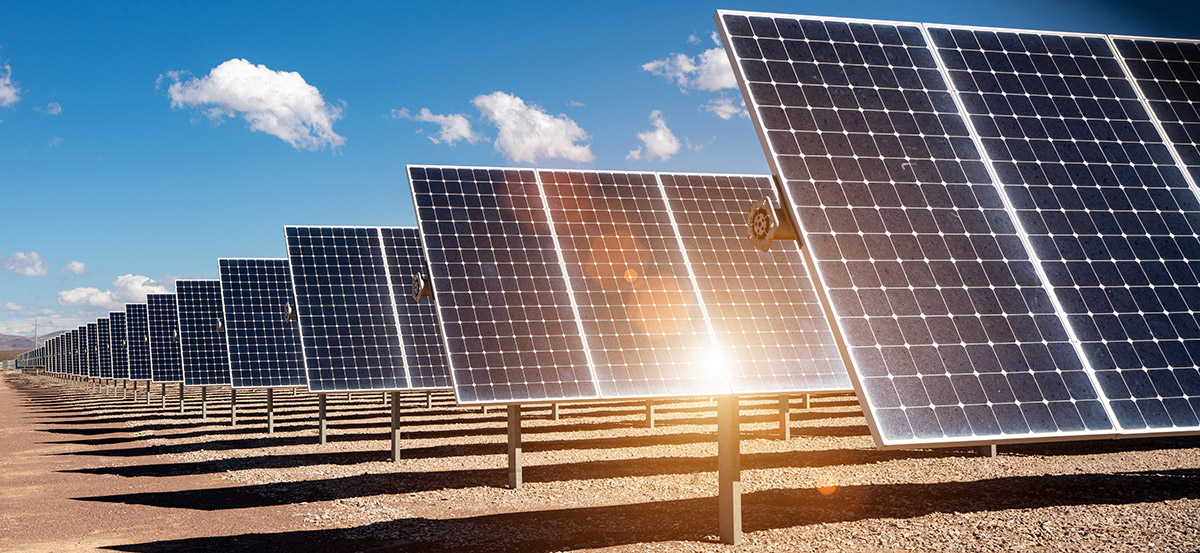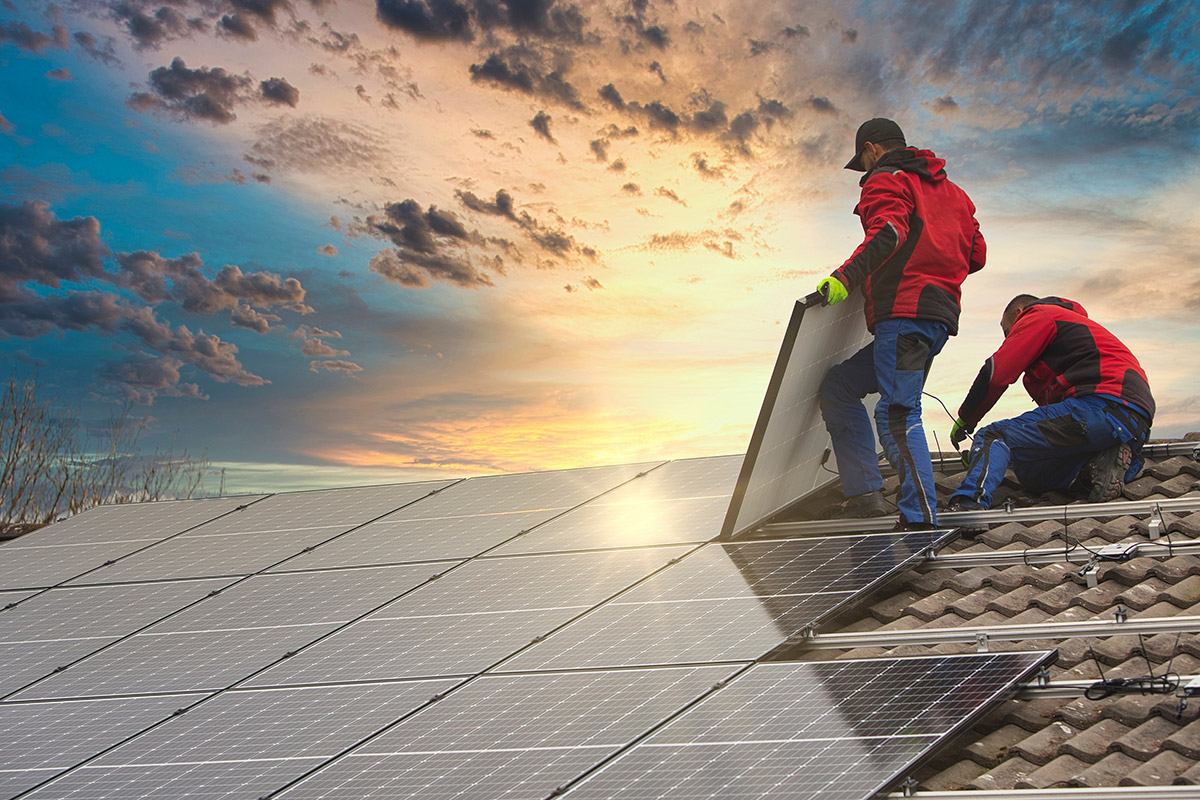Solar Power

Solar power stands out as the swiftest expanding renewable energy source globally, positioned to be a cornerstone of our future carbon-neutral energy landscape, and it’s evident why.
Converting sunlight into electricity proves to be not only the most cost-effective option among renewables but also readily deployable on a large scale, whether through rooftop installations or expansive solar farms.
Crucially, it harmonizes with both offshore and onshore wind power, fostering a diverse renewable energy portfolio to cater to the needs of consumers worldwide.
These photovoltaic systems are made up of multiple solar panels arranged in an open space, often in a large area known as a solar farm. The main goal of these solar farms is to make the most of the available sunlight to generate electricity in a sustainable way.
Solar energy has transformed the way we access electricity in our homes and communities. In this context, solar farms are an essential part of the energy transition, by providing a renewable energy source that contributes to reducing polluting gas emissions and moving towards a more environmentally-friendly energy system.
Solar farms work by capturing solar energy through photovoltaic panels, which contain solar cells that convert sunlight into electricity.


When sunlight hits the panels, the solar cells generate direct electrical current. An inverter then converts this direct current (DC) into alternating current (AC), which is the form of electricity used in most homes and businesses.
In short, a solar farm is a renewable energy source that does not emit carbon dioxide (CO2) thanks to its environmentally-friendly production process.
Converting solar energy into electricity is a clean process, without Greenhouse Gas (GHG) emissions.
